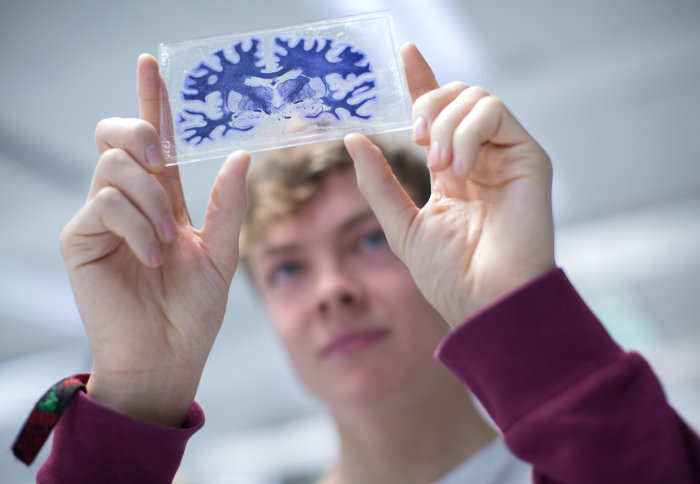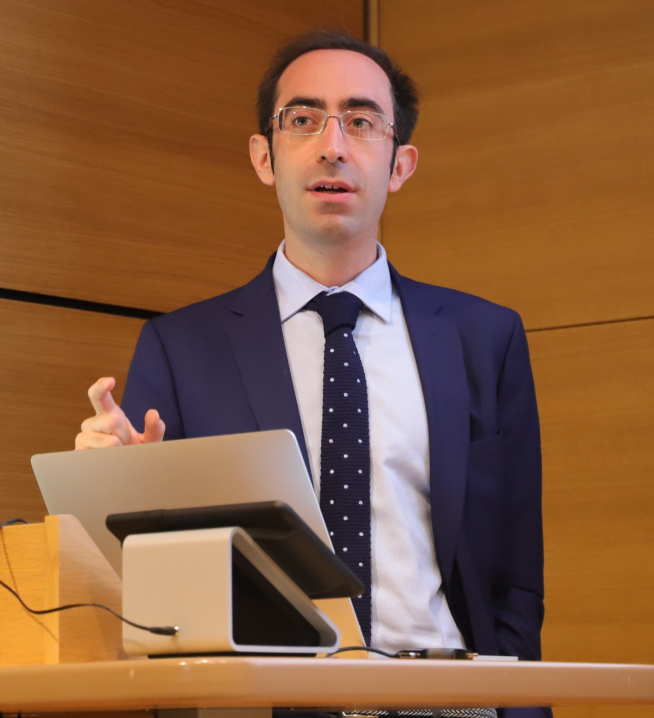

A new paper outlines how the coronavirus pandemic has accelerated ongoing transformations in neuroscience education.
The article, published today in Neuron, highlights how social distancing has created a “pressing need” for a more flexible educational experience, both in neuroscience and in education more widely, prompting greater integration of active and online learning across curricula.
Active learning
With universities across the world switching to either fully remote or blended delivery, the paper explains how the increased use of online and multimedia platforms in education has enabled students to become more active learners. Where previously students may have passively received information in the form of lectures or seminars, moving educational content online means individuals gain a greater degree of control as to how, when and where they learn, allowing them to “become key players in their educational journey.”
However, the authors note the importance of adhering to academic requirements to prevent “diffuse, incomplete learning” and that not all learning experiences – such as practical, hands-on laboratory experiments – can be replicated in an online format.
Gaining essential skills
The article also suggests that distance learning can create space for students to hone essential skills in new and creative ways. The authors recommend prioritising and integrating activities that will help students to develop key competencies for their future research careers, such as writing abstracts, assembling posters and delivering presentations. They add that “sharing…how to safely handle data, verify data integrity, store data, and promote open access are all essential skills that are rarely taught in traditional curricula.”
The paper also highlights how group-based active learning activities, such as virtual journal clubs or producing short videos or blogs to engage the public in neuroscience research, can provide students with vital experience of collaborative working.
However, the authors note that the success of such activities will be partly reliant on choosing the most effective medium and “innovation in how technological resources are leveraged.”
Innovation in action

Many of the new approaches outlined in the paper have already been implemented at Imperial.
“As a result of last year’s curriculum review, we have been championing active learning approaches from outset of the 2019/20 academic year,” explains Dr Stefano Sandrone, the paper’s lead author and Senior Teaching Fellow at the Department of Brain Sciences.
“For the MSc Translational Neuroscience programme, we have developed and implemented a series of active learning approaches and assessments for our students, which mimic the real-life experiences of scientists, including:
- Undertaking a virtual research project
- Writing an editorial peer-review
- Participating in a computational neuroimaging-based hackathon
- Pitching ideas for a scientific grant
- Taking part in a live scientific debate
- Writing for our NeurOn Topic Blog and conducting public engagement activities.”
Remote learning at Imperial
Since the launch of its Learning & Teaching Strategy in 2017, the College  has accelerated its investment in digital technology and remote learning expertise. This has included the formation of Imperial’s Digital Learning Hub and the creation of a range of online-only courses, including its Global Master of Public Health and a free Massively Open Online Course explaining the science behind coronavirus.
has accelerated its investment in digital technology and remote learning expertise. This has included the formation of Imperial’s Digital Learning Hub and the creation of a range of online-only courses, including its Global Master of Public Health and a free Massively Open Online Course explaining the science behind coronavirus.
The College will continue to draw upon its existing expertise in remote learning in the 2020/21 academic year, with students being offered a combination of in-person and online learning in the Autumn term.
Want to study with us? Find out more about our neuroscience courses on the Department of Brain Sciences' Study page.
‘Active and distance learning in neuroscience education’ by Stefano Sandrone et al. is published in Neuron.
Article text (excluding photos or graphics) © Imperial College London.
Photos and graphics subject to third party copyright used with permission or © Imperial College London.
Reporter

Ms Genevieve Timmins
Academic Services

Contact details
Email: press.office@imperial.ac.uk
Show all stories by this author




Leave a comment
Your comment may be published, displaying your name as you provide it, unless you request otherwise. Your contact details will never be published.